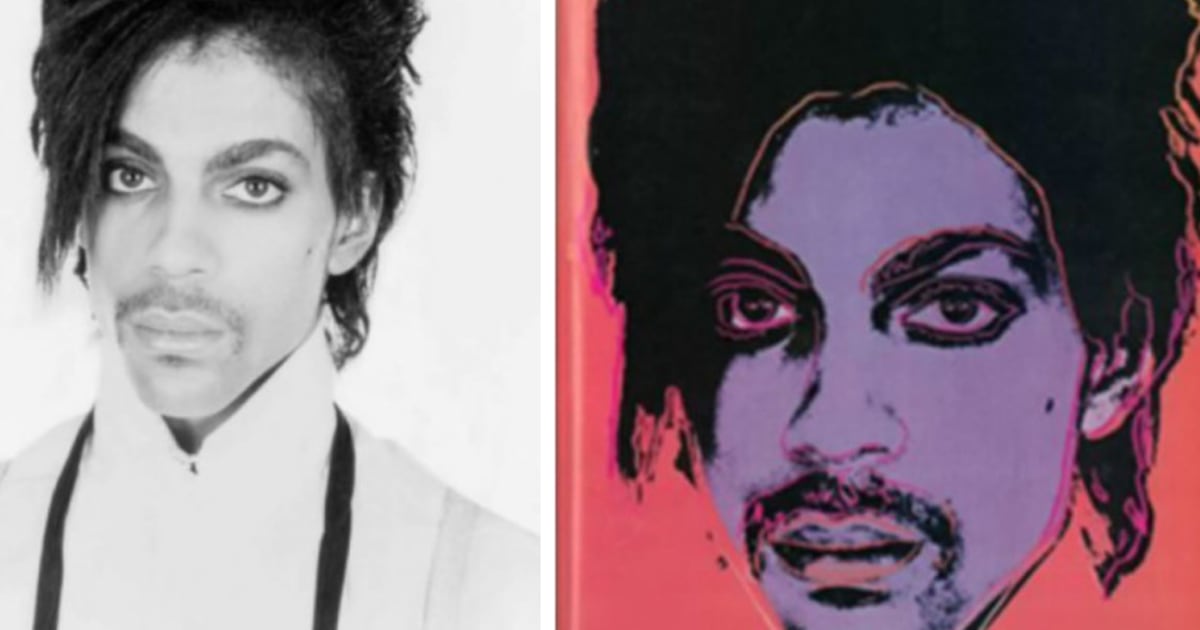Key takeaways:
- The Supreme Court ruled 7-2 in favor of photographer Lynn Goldsmith in her dispute with the Andy Warhol Foundation.
- The ruling clarifies the issue of fair use in copyright law, and is a victory for Goldsmith and other photographers who own copyrighted content.
- The ruling serves as a reminder to other creators that they must be mindful of copyright law when creating works based on existing material.
The Supreme Court on Thursday ruled in favor of photographer Lynn Goldsmith in her dispute with the Andy Warhol Foundation over the late artist’s use of her 1981 photo of Prince as the basis for a silkscreen image. In a majority opinion written by Justice Sonia Sotomayor, the court held that the “purpose and character” of the foundation’s use of Goldsmith’s photograph did not favor the foundation’s fair use defense to copyright infringement.
The ruling, which was 7-2 in favor of Goldsmith, will have considerable impact on various creative industries. It is beneficial to people who own copyrighted content upon which other works are based, and could have a negative impact upon entities that make new works based on existing material.
The case centered around a photograph taken by Goldsmith of Prince in 1981, which Warhol used as the basis for a silkscreen image. Goldsmith argued that Warhol’s use of the image constituted copyright infringement, while the Warhol Foundation argued that it was a fair use of the image.
The Supreme Court’s ruling is significant in that it clarifies the issue of fair use in copyright law. The court held that whether a work is used for a commercial purpose is just one of various factors used to analyze copyright infringement.
The ruling is a victory for Goldsmith and other photographers who own copyrighted content. It also serves as a reminder to other creators that they must be mindful of copyright law when creating works based on existing material.



Be First to Comment